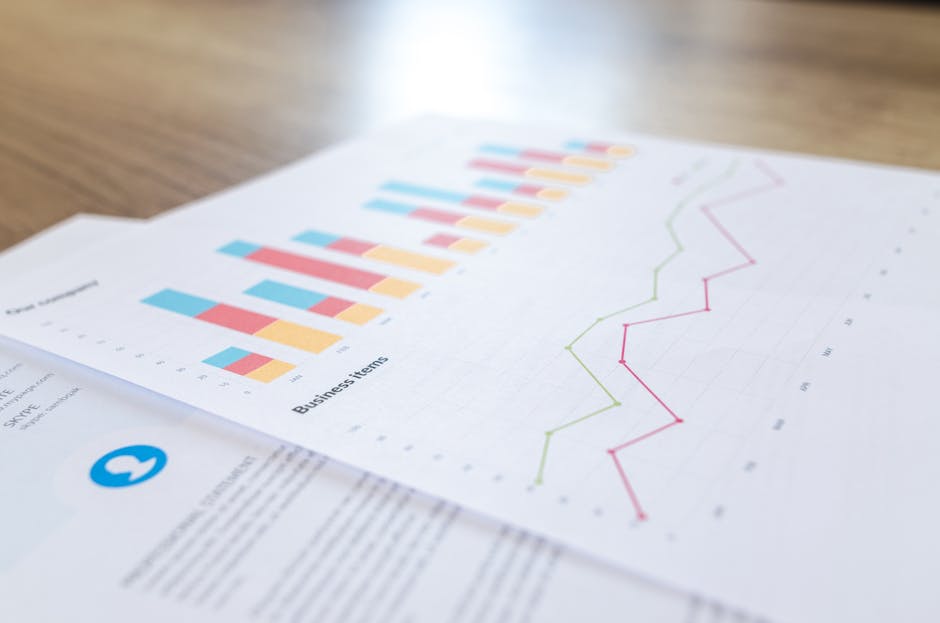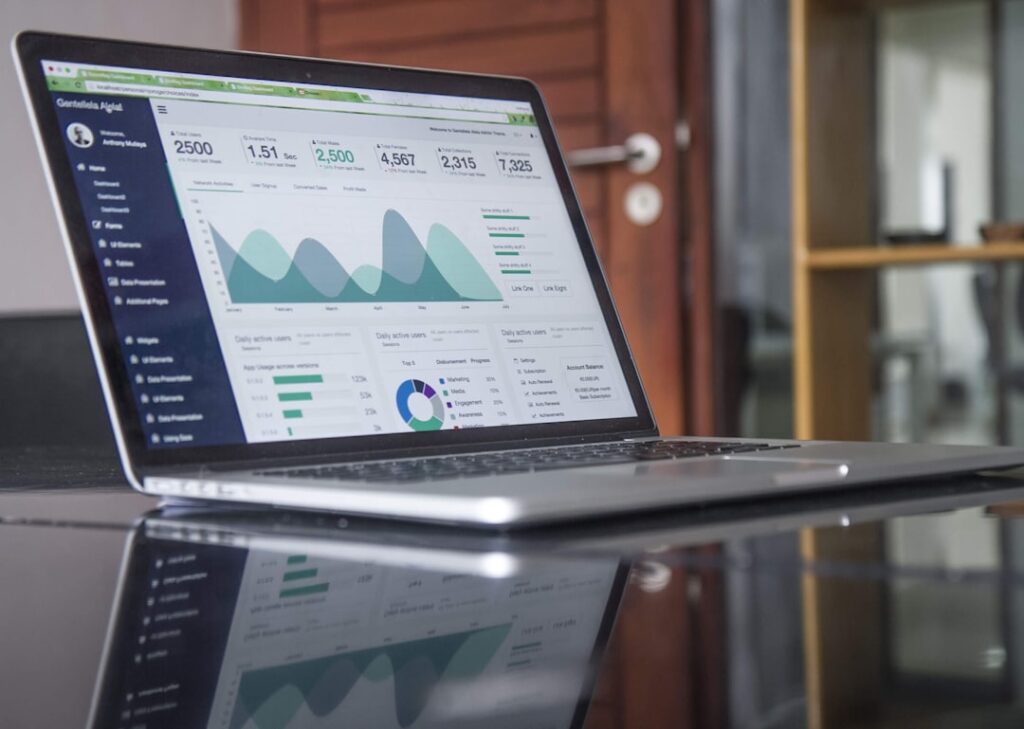Imagine starting a journey without a map or compass—aimless, directionless, and uncertain. Much like uncharted territories, managing projects and initiatives without proper tracking and measurement can lead to confusion and inefficiency. That’s where indicators and dashboards come into play. These powerful tools serve as a guide for teams toward success by providing real-time insights into progress and performance.
Why is tracking execution important?
Tracking execution is not merely about monitoring progress; it’s about ensuring alignment, accountability, and ultimately, success. Without clear indicators and dashboards to guide the way, projects and initiatives can easily veer off course, leading to missed deadlines, budget overruns, and subpar results. By tracking execution effectively, teams can:
- Maintain alignment with strategic goals and objectives.
- Identify potential roadblocks and address them proactively.
- Foster accountability and ownership among team members.
- Make data-driven decisions to optimize performance and drive continuous improvement.
Understanding Leading and Lagging Indicators
In performance management, indicators are categorized into two main types: leading and lagging indicators.
Leading indicators are predictive measures that provide insight into future performance. They offer early warning signs and allow teams to take proactive action to achieve desired outcomes. Examples of leading indicators include customer satisfaction scores, employee engagement levels, and project milestones.
On the other hand, lagging indicators are retrospective measures that assess past performance. While lagging indicators offer valuable insights into historical trends and outcomes, they are less actionable in nature and primarily serve as performance benchmarks. Examples of lagging indicators include revenue growth, profit margins, and project completion rates.
Leading Indicators: A Strategic Approach to Tracking Execution
Leading indicators play a crucial role in tracking execution, providing teams with actionable insights and predictive guidance to stay on course toward success. When defining leading indicators, it’s essential to align them with strategic priorities and objectives.
Leading indicators tailored to specific organizational priorities can offer invaluable insights into the health and direction of a business. Here’s a breakdown of the few indicators and their significance:
Employee Turnover Rate
This metric gauges organizational stability and culture by quantifying the frequency at which employees leave the company.
Social Media Engagement
Monitoring engagement metrics on social media platforms provides early indicators of brand loyalty and customer satisfaction, guiding social media strategy and content creation efforts.
Sales Pipeline Growth
Tracking the expansion of potential sales opportunities over time provides visibility into the effectiveness of sales strategies and forecasts future revenue trends.
Leads Generated
The number of prospective customers identified through marketing initiatives indicates the reach and effectiveness of marketing campaigns in driving brand awareness and engagement.
Conversion Rates
This metric measures the percentage of users who perform desired actions within an application, such as signing up or making a purchase. It reflects the application’s efficacy in driving user engagement and behavior.
Inventory Turnover
The rate at which inventory is sold measures demand and sales efficiency, informing inventory management and procurement strategies.
Accounts Receivable Aging
This metric evaluates the speed of cash flow into the business by tracking the aging of outstanding invoices and receivables.
Customer Acquisition Cost (CAC)
CAC quantifies the expenses incurred in acquiring new customers, shedding light on the efficiency and sustainability of customer acquisition efforts.
Customer Churn Rate
The percentage of customers who discontinue using a company’s services over a specified period reflects customer satisfaction levels and loyalty.
Capital Expenditure (CapEx)
CapEx represents investments made for future growth and expansion, indicating the organization’s commitment to long-term strategic objectives.
These leading indicators provide early predictive insights into business performance, enabling proactive decision-making and course corrections. By monitoring these metrics regularly, organizations can anticipate trends and address challenges before they impact key lagging indicators such as revenue or profitability.
How do you Implement Leading Indicators?
Implementing leading indicators requires a combination of data collection, analysis, and reporting processes.
Here are some steps to implement leading indicators effectively:
- Data Collection
Establish data collection processes to gather relevant information for each leading indicator, leveraging sources such as surveys, performance metrics, and project tracking systems.
- Data Analysis
Analyze collected data to identify trends, patterns, and potential areas for improvement. Use analytical tools and techniques to derive actionable insights from the data.
- Reporting and Communication
Develop dashboards and reporting mechanisms to visualize leading indicator data and communicate insights effectively to stakeholders. Ensure that reports are timely, relevant, and actionable.
Benefits of Leading Indicators and KPI Dashboards
The benefits of leveraging leading indicators and KPI dashboards are manifold, including:
Improved Decision-Making
Leading indicators provide early insights into performance trends, enabling teams to make proactive decisions and course corrections as needed.
Enhanced Accountability
By tracking leading indicators, teams can hold themselves accountable for achieving desired outcomes and driving performance improvement.
Increased Efficiency
KPI dashboards streamline the monitoring and reporting process, allowing teams to focus their efforts on strategic priorities and value-added activities.
Final Thoughts
Tracking execution is essential for driving success and achieving strategic objectives. By leveraging leading indicators and KPI dashboards, teams can gain actionable insights, drive continuous improvement, and stay aligned with strategic priorities.
With a clear understanding of leading indicators, a systematic approach to defining metrics, and the power of visual project dashboards, organizations can reach the path to success with confidence and clarity.



